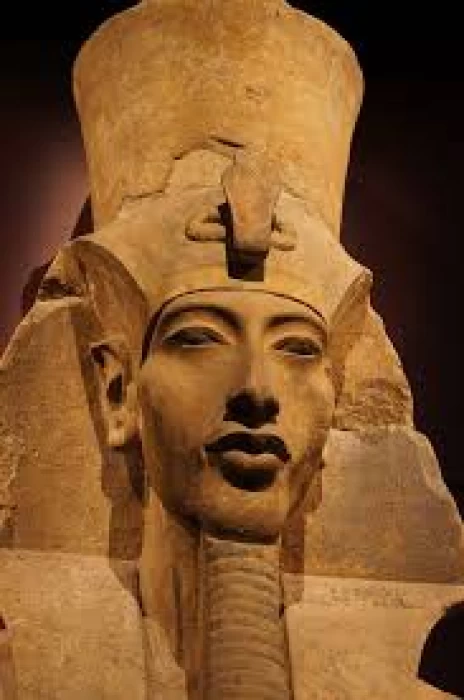
King Akhenaten | Amenhotep IV | Monotheism in Ancient Egypt
King Akhenaten
Pharaoh Akhenaten, who ruled the New Kingdom of Egypt during the 18th Dynasty, ruled from 1353 to 1336 BCE. His other names, which all translate to "successful for" or "of great use to" the god Aten, are "Akhnaton," "Akhenatenaton," "Ecnaton," or "Ijnaton."
This is, accordingly, an attempt to establish a monotheistic religion; the tombs of Amarna were particularly moved to the eastern bank of the Nile but facing west.
The Akhenaten attempt ended early. After his death, he ascended to the throne as the young Tutankhamen, who reopened the temples of Amun for worship, brought the capital to Thebes, and changed his name to Tutankhamen instead of the name given by his father, Akhenaten, which was Tutankhaten.
Akhenaten, the first known monotheist, initiated a significant theological, political, and religious revolution lasting 17 years, impacting history throughout his reign.
The Aten Revolution
Of all his reforms, perhaps the most marked was that of elevating Aten, the sun disk, into the place of chief deity. In the first years of his reign, he gradually brought about the transition away from traditional polytheism, which honored the gods Amun, Osiris, and Ra, toward the exclusive worship of Aten. In the fifth year of rule, he reconfirmed his name, adding to it a new one: Akhenaten, which means "Effective for Aten," in honor of his new deity.
Also, Akhenaten changed the capital city from Thebes to a new city he made called Akhetaten (the modern-day Amarna). This city was built with the intention that it would be the center of worship of Aten and the administrative point for the whole of Egypt. This act was the most audacious he did because it was a total cut-off from the very many centuries-old influence of the powerful priestly office of Amun over society in general.
King Amenhotep IV, Amarna City
Amenhotep IV (1372-1354 B.C.), son of Amenhotep III and husband of Nefertiti. Akhenaten is a unique figure in Egyptian history; he ended the millennial religious order by introducing monotheism. Sovereign of the 18th dynasty of the New Kingdom, he assumed the name of the god Aton, that is, the Sun god, with whom he identified himself. After forcing the cult of this divinity, the pharaoh moved the capital from Thebes to Akhetaten, which is the current Tell El-Amarna city in El Menya, which became the center of the new cult and fought against the powerful priests who tried to keep alive the cult of the god Amun.
However, this new culture's flourishing ended with King Akhenaten's death. Tutankhamun, who ascended the throne a few years after Akhenaten's death, brought the capital back to Thebes and restored the cult of Amun once again.
The group of his family statues exhibited inside the Egyptian Museum in Cairo is the greatest example of how art in ancient Egypt had been changed during the Amarna period.
Latest Articles
Admin
Seabourn Sojourn Cruise Stops in Safaga Port
The Seabourn Sojourn, the flagship vessel of Seabourn Cruise Line's ultra-luxury fleet, was built in 2008 at the T. Mariotti shipyard in Genoa, Italy. Measuring 198 metres, it can accommodate up to 450 guests in its 225 spacious all-suite staterooms.
Admin
Norwegian Sky Cruise Stops in Safaga Port
Norwegian Cruise Line operates a cruise ship called the Norwegian Sky. It was constructed in 1999 and can accommodate 2,004 passengers in addition to 878 crew members. The ship has several dining establishments, lounges and bars, a spa and fitness center, swimming pools, and a number of entertainment areas.
Admin
Explora II Cruise Stops in Safaga Port
Explora II, the second vessel in the Explora Journeys fleet, sets sail in 2024 to redefine luxury cruising. With 461 ocean-front suites, 9 culinary experiences, and 4 pools, this haven of sophistication and sustainability promises an unforgettable "Ocean State of Mind" journey to inspiring destinations.
Admin
Mein Schiff 6 Cruise Stops in Safaga Port
The Mein Schiff 6 is the latest cruise ship in the renowned TUI Cruises fleet, offering passengers a luxurious and sophisticated cruise experience. At 315 metres long, this floating resort features a range of dining options, entertainment, and recreational facilities, including a spa, fitness centre, and sports amenities.
Admin
Mein Schiff 4 Cruise Stops in Safaga Port
When the Mein Schiff 4 cruise ship docks in Safaga, Egypt, passengers are granted access to a realm of ancient wonders. Aboard this state-of-the-art vessel, guests can embark on meticulously curated shore excursions that showcase the region's most iconic landmarks, including the Giza Pyramids, the enigmatic Sphinx, and the remarkable tombs and temples of the Valley of the Kings in Luxor.
Admin
MS Europa Cruise Stops in Safaga Port
The Silver Moon, Silversea's latest flagship, is a luxury cruise ship that offers an exceptional travel experience for Venezuelans exploring Egypt. With a capacity of 596 guests and an impressive 40,700 gross tonnes, the Silver Moon maintains the small-ship intimacy and spacious all-suite accommodations that are the hallmarks of the Silversea brand.

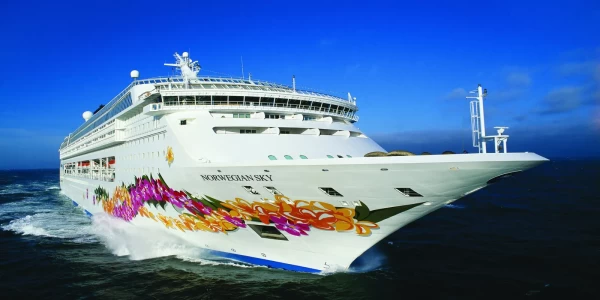
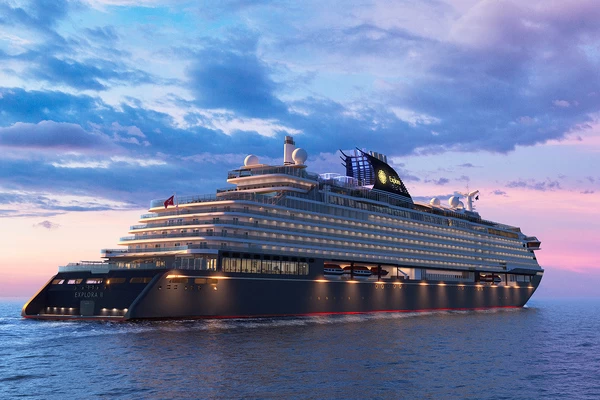
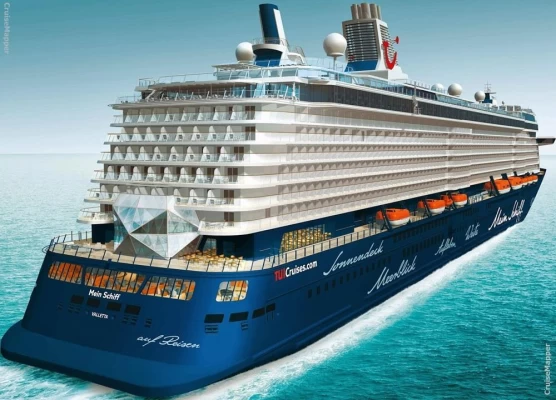
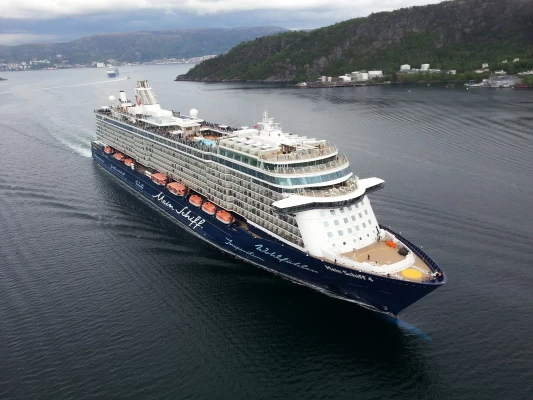



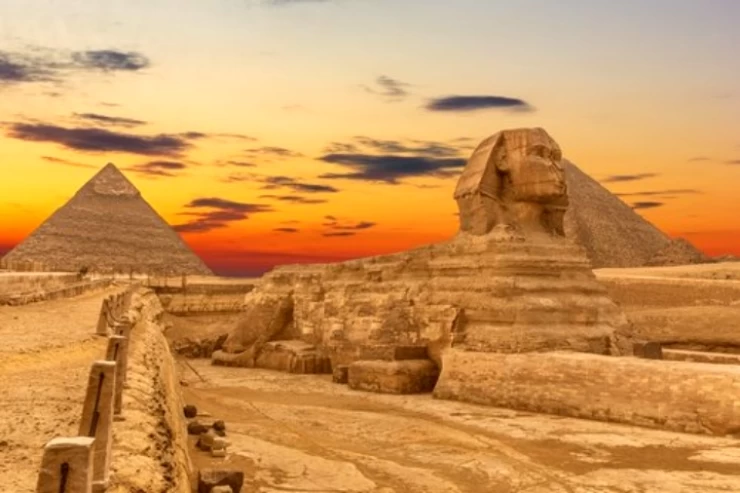
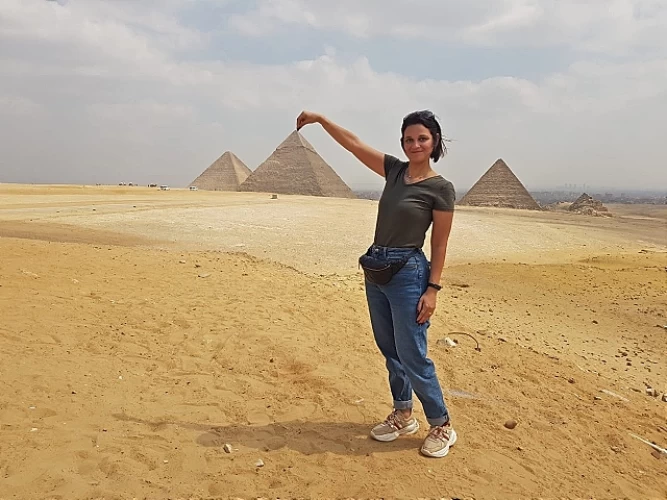

-webp.webp)
-webp.webp)







